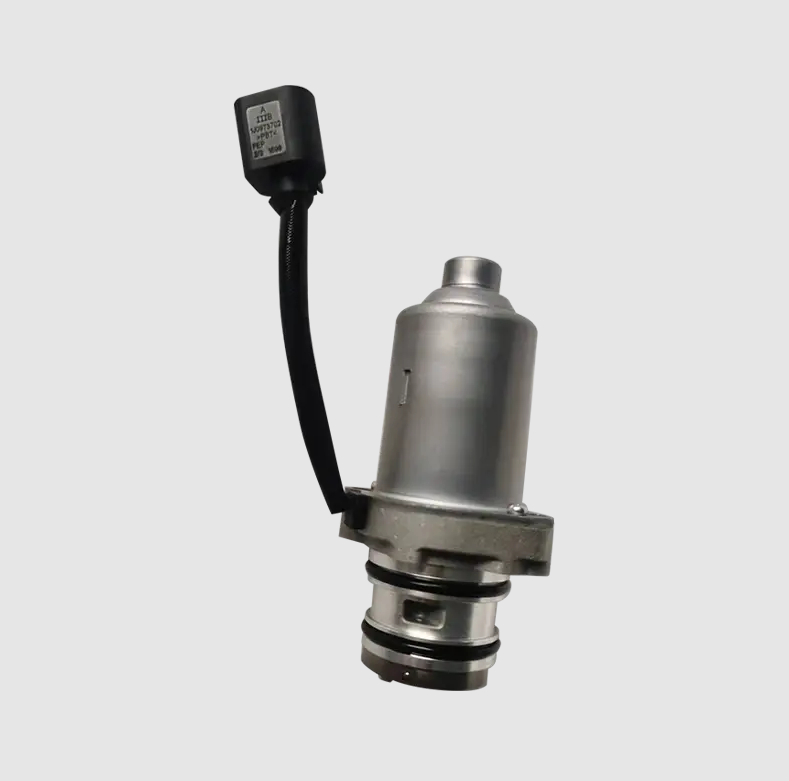In today’s globally connected industrial environments, equipment such as oil pump motors often faces variations in voltage and frequency due to cross-border deployment, inconsistent power supplies, or integration with non-standard electrical grids. Ensuring stable operation under such conditions is vital to avoid reduced performance, overheating, or premature failure. This article explores how an oil pump motor responds to different electrical inputs and what design considerations enhance its adaptability.
Voltage Variations and Their Impact
Voltage fluctuations can be temporary (like power sags or surges) or systemic (as seen in regions with unstable infrastructure). If an oil pump motor receives lower-than-rated voltage, it may not generate sufficient torque to start or run the pump effectively. This under-voltage condition increases current draw, leading to overheating and possible insulation damage.
Conversely, higher-than-rated voltage can cause magnetic saturation in the motor core, increase iron losses, and elevate temperature. Over time, this reduces motor efficiency and shortens its lifespan. Continuous exposure to voltage outside the recommended ±10% tolerance range is not advisable unless the motor is specifically designed for wide-voltage operation.
Frequency Variations: Speed and Cooling Implications
The supply frequency directly determines the rotational speed of an AC motor. For instance, a motor rated for 50 Hz will run approximately 20% faster if powered at 60 Hz, and slower if used at 40 Hz. This change affects pump performance, as flow rate and pressure are functions of motor speed.
However, frequency not only impacts speed but also affects the cooling efficiency of the motor. Running at lower frequencies without adjusting ventilation may lead to poor airflow, reducing heat dissipation and increasing thermal stress on the windings and bearings.
To manage this, variable frequency drives (VFDs) are often used, allowing fine-tuned frequency and voltage control. Motors designed for use with VFDs typically have enhanced insulation systems to handle the voltage spikes and switching transients common with such drives.
Design Features for Wide Voltage and Frequency Compatibility
Some oil pump motors are constructed to meet dual or multiple voltage ratings, such as 220/380V or 230/460V, making them adaptable for use in different countries and systems. Others include multi-frequency capability (e.g., 50/60 Hz), allowing operation without performance degradation across regions.
To achieve this, manufacturers may use:
Class F or H insulation systems for higher thermal tolerance
Voltage-tolerant windings that reduce sensitivity to overloads
Thermal protection devices such as PTC thermistors or bimetal switches
Reinforced bearings for better performance under variable speeds
Best Practices for Safe Operation
Operators should always check the nameplate ratings and confirm compatibility with the local power supply before installation. Using an unverified power source, even briefly, may void warranties and risk equipment failure.
If used with a generator, power quality—including harmonic distortion and frequency stability—should be evaluated to prevent electrical stress.
Conclusion
An oil pump motor’s ability to operate under different voltage and frequency conditions depends on both its design and the control systems used. While modern motors are increasingly built with flexibility in mind, ensuring a proper match with electrical infrastructure remains essential. By choosing motors rated for variable conditions and using smart control technologies, users can maximize performance, safety, and service life, no matter the environment.
Current Type: DC
Motor Type: Permanent magnet brushed motor
Applicable Product: Hydraulic pump, Hydraulic system
Used for forklifts, lifting platforms, tail lifts, and medical beds
